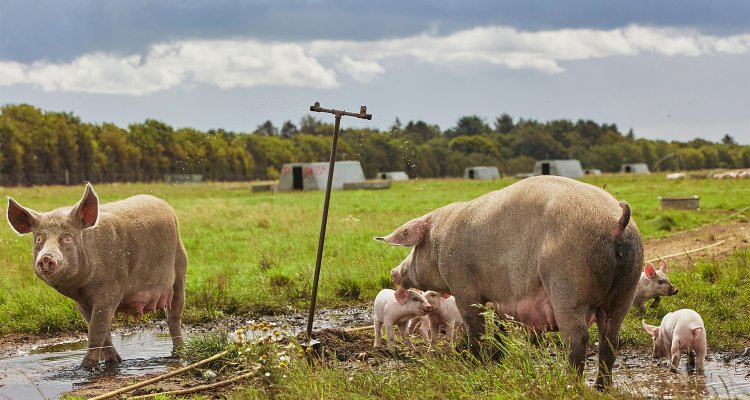
Project
Analysis reveals genes and pathways changes under lactational food restriction
The purpose of this study is to investigate how negative energy balance (NEB) caused by food restriction during lactation affects ovarian follicular development. We want to identify genes which have a significant change, as well as explore the potential biological functions of these candidate genes.
Background
In sow husbandry, sows experience a negative energy balance during lactation, negatively affecting reproductive performance. Little is known about the mechanisms associated with this reduced reproductive performance by energy shortage. One assumption is that a negative influence of this energy shortage on follicular development and developmental competence of the oocytes.
Description
In this project, a total of 36 primiparous sows were evenly divided into two groups, designated as the FF group and the RES group. During the last two weeks of the whole lactation, the feed intake of sows in the RES group was restricted to half of that in the FF group. Two days post-weaning, all sows were slaughtered, and ovaries were collected for Laser Capture Microdissection (LCM) to isolate mural granulosa cells. Through integrated analysis of mRNA, microRNA (miRNAs), and long non-coding RNA (lncRNAs), we aimed to elucidate the genes, miRNAs, and lncRNAs that are regulated under conditions of energy deficiency, as well as reveals potential interactions among them.
Results
Energy deficiency leads to the suppression of GnRH signaling in the RES group of sows, subsequently impacting the secretion of downstream FSH and LH. LH induces granulosa cells to exit mitosis, transitioning from a proliferative state to a differentiated state. In the RES group, due to the repressed of LH surge, granulosa cells transform from a proliferative state to a differentiated state was blocked. On the one hand, cells in a highly proliferative state are prone to apoptosis. On the other hand, the inability of granulosa cells to differentiate hinders numerous signaling pathways, ultimately impairing oocyte maturation.